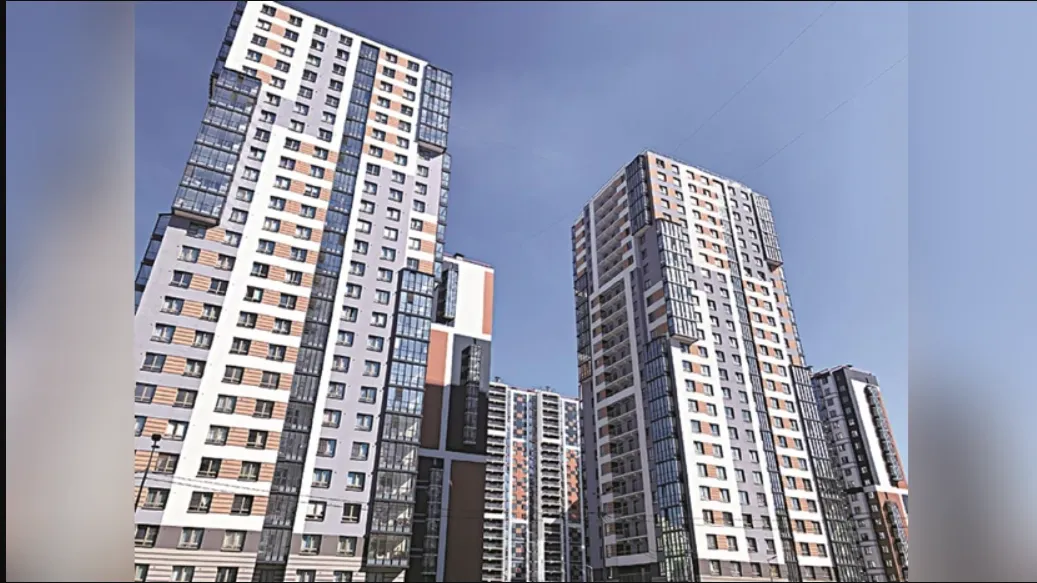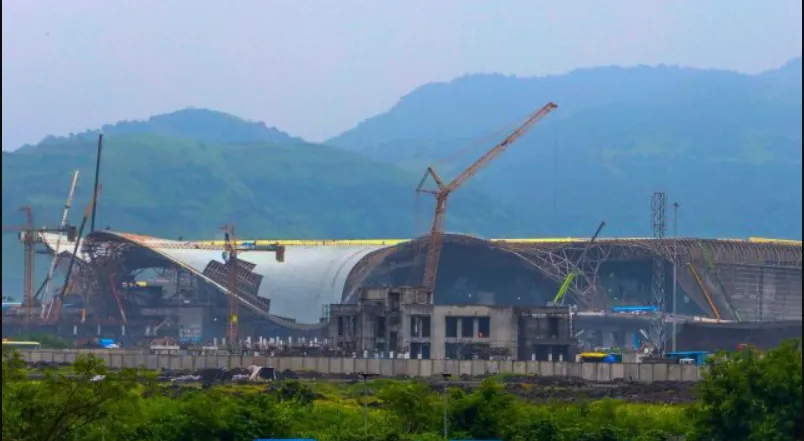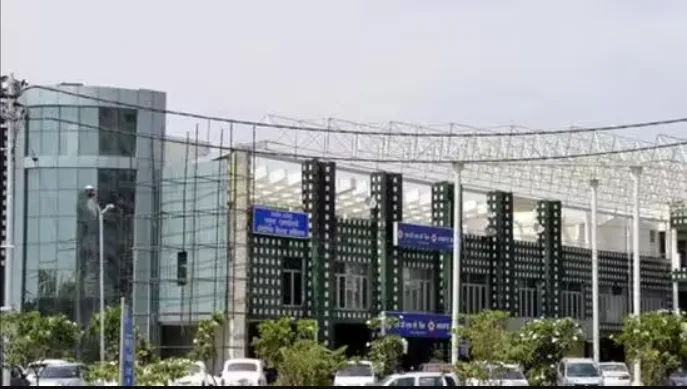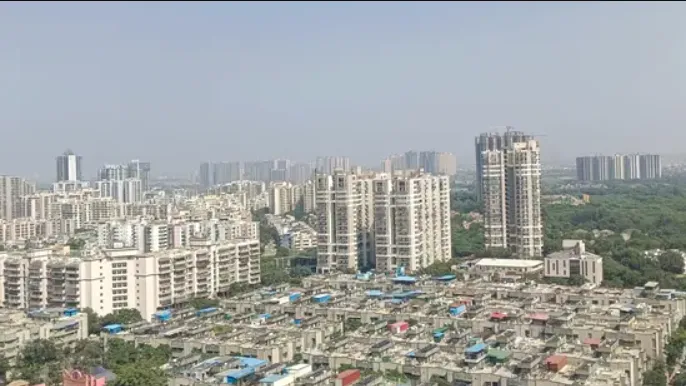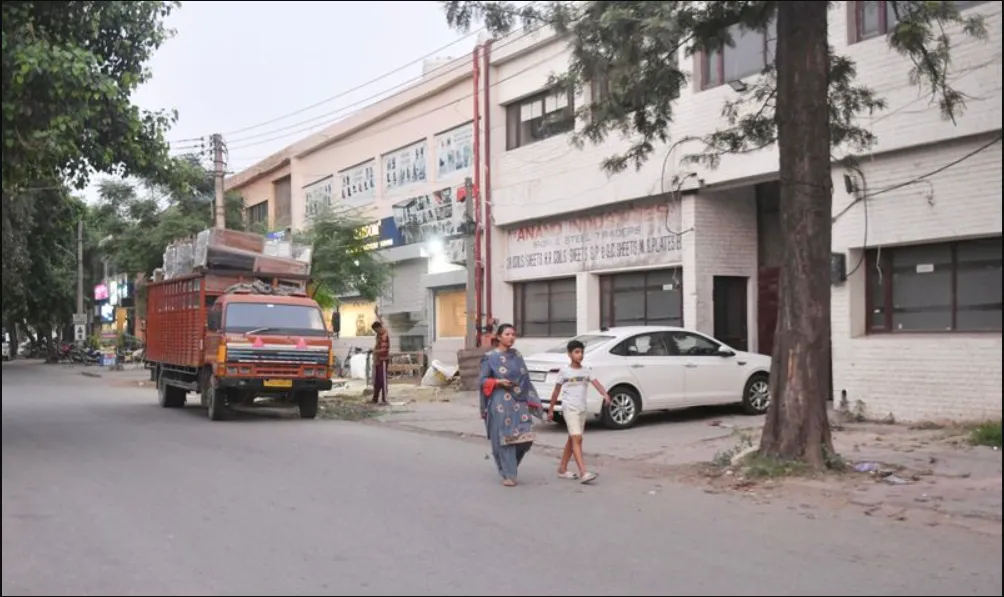Industry leaders highlight reduced travel time
Pradeep Aggarwal, founder and chairman of Signature Global, said the interlinked, access-controlled highways will significantly reduce travel time between Delhi, IGI Airport and Gurugram, while decongesting National Highway 48 (NH 48) and other arterial routes.
“Bridging major economic hubs such as Cyber City, Udyog Vihar, and key IT parks, this infrastructure not only streamlines commuting but also catalyses large-scale residential, commercial and retail development,” he added.
Property prices double along Dwarka Expressway
Developers point out that property prices along the Dwarka Expressway have doubled over the past five years, demonstrating the ripple effect of infrastructure on real estate. Prices in the region have risen from Rs 9,434 per sq ft in 2019, when the foundation stone was laid, to Rs 18,668 per sq ft in 2024.
“With upcoming infrastructure upgrades, educational institutions, advanced healthcare facilities and well-developed social amenities, the Dwarka Expressway is poised to remain a leading driver of property growth, particularly in the premium housing segment,” said Kapur.
Commercial and warehousing demand expected to rise
Movement is expected on the demand side for commercial, residential and warehousing projects in the long term, with potential uplift in catchment areas such as Dwarka, Najafgarh, Rohini and other localities along NH 48 and the Dwarka Expressway.
“With close to 3 million sq ft of Grade A office stock nearing completion in the NH 48 micro market, commercial real estate activity across demand segments is likely to gain traction in the next few years,” said Vimal Nadar, national director and head of research at Colliers India.
Growth driven by metro expansion and investor demand
Developers anticipate that the growth story of the real estate market around Dwarka Expressway will accelerate, supported by enhanced metro connectivity and rising demand from both homebuyers and investors.
Ravi Nirwal, sales director and principal partner at Square Yards, added that the operationalisation of UER-II is also expected to boost residential activity in Delhi’s peripheral areas such as Kundli, Sonipat and Narela.
“The new connectivity corridor is expected to create a broader and more resilient base of demand,” he said.
 42 Page views
42 Page views
